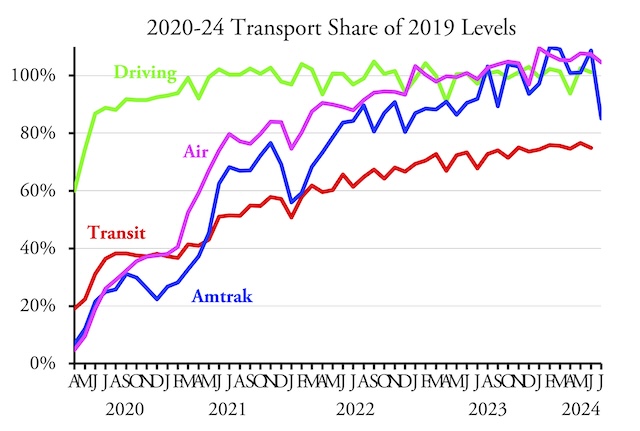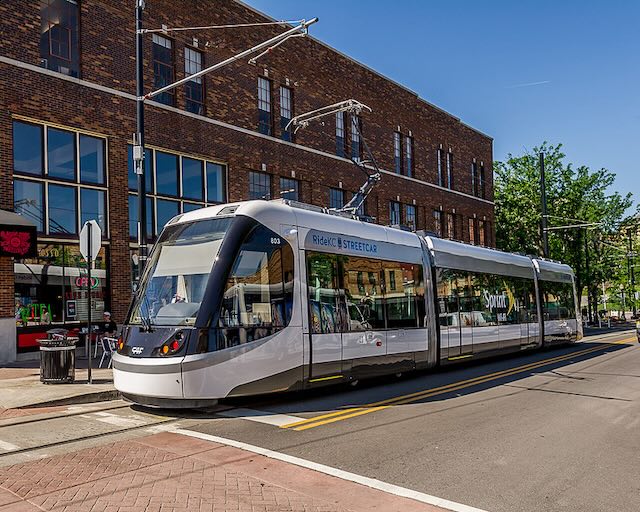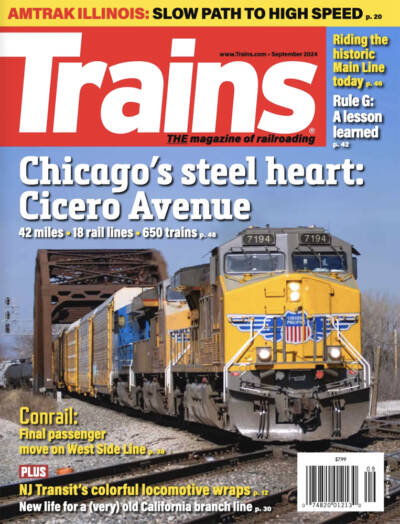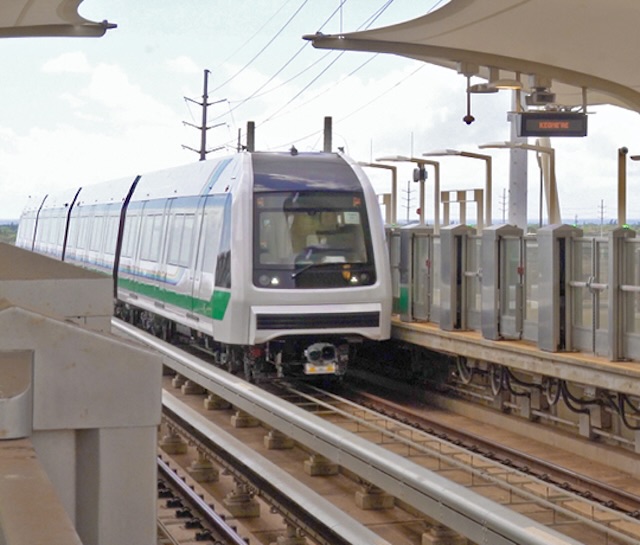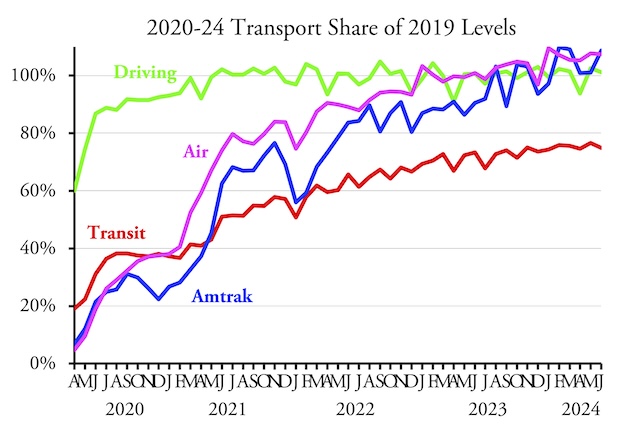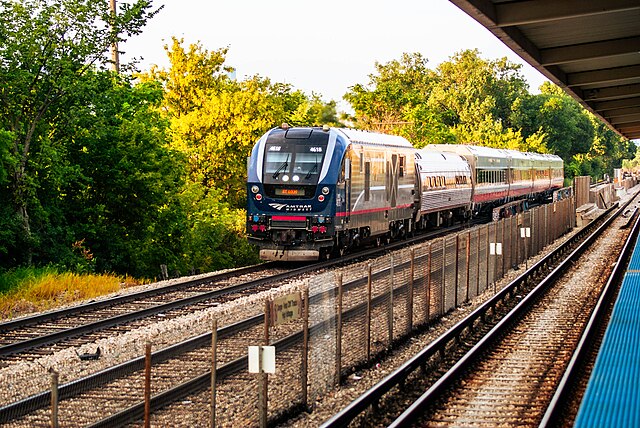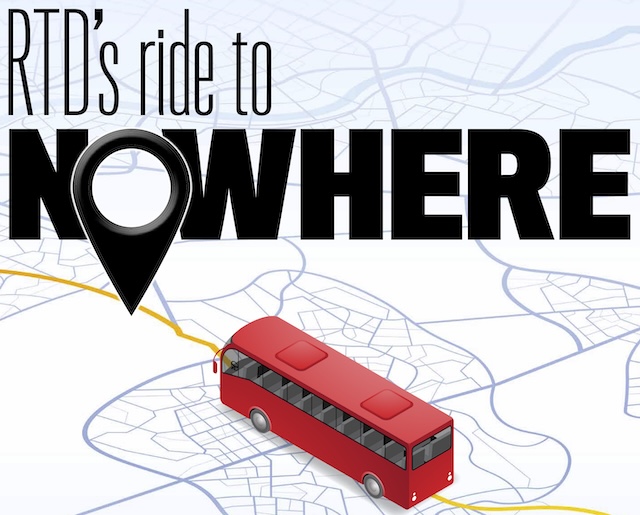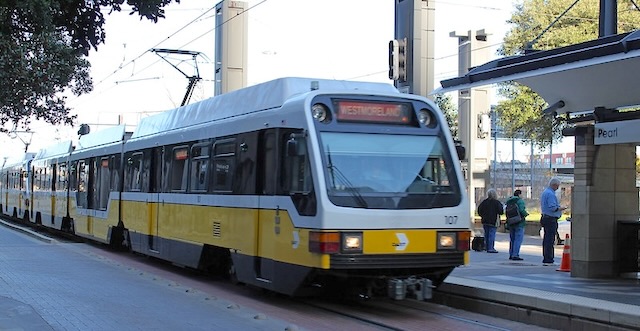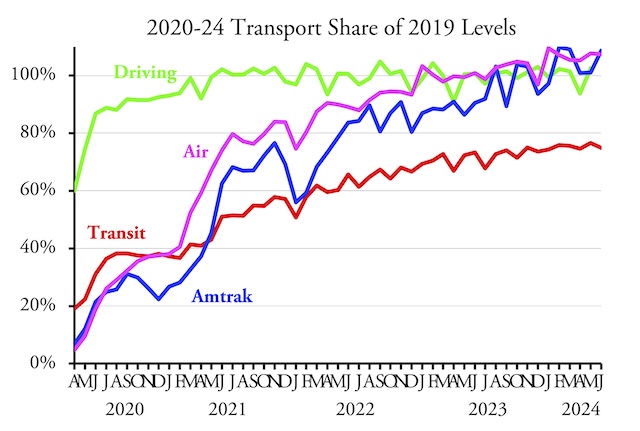Airlines carried 4.5 percent more passengers in July 2024 than the same month in 2019, according to TSA passenger counts. But Amtrak numbers dramatically dropped, carrying nearly 15 percent fewer passenger-miles than July of 2019, according to the state-owned company’s monthly performance report.
July transit and highway data are not yet available.
The report shows that Amtrak’s Northeast Corridor carried 11 percent more riders in July than in 2019, but state-subsidized trains carried 8 percent fewer riders and long-distance trains carried 15 percent fewer. State-subsidized train ridership fell despite the fact that Amtrak added two new routes and extended a third one. Continue reading

